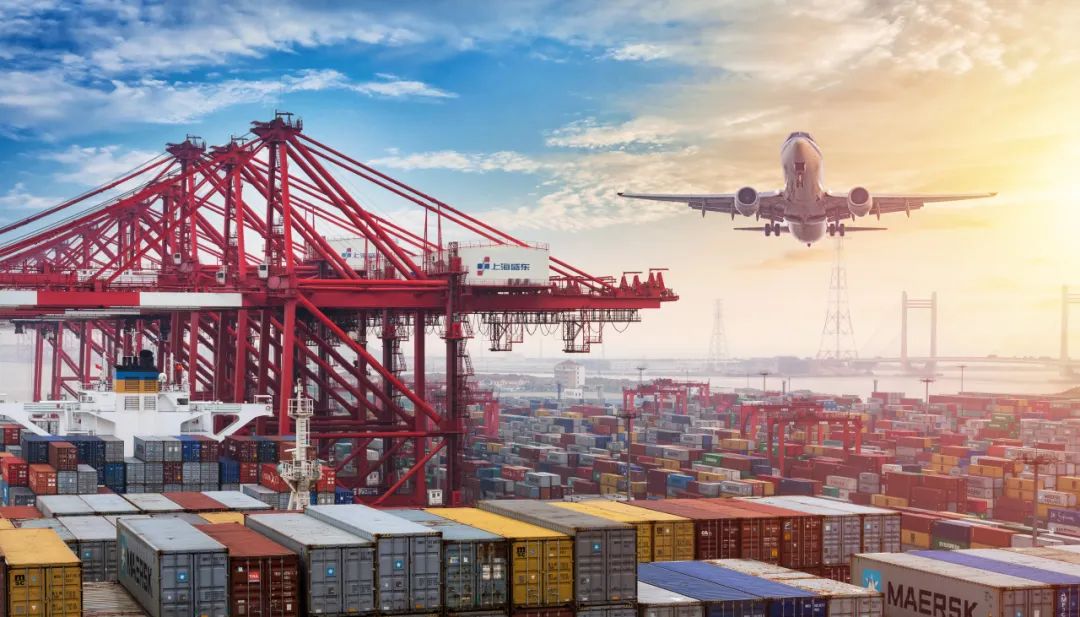
An important part of realizing cross-border e-commerce trade is cross-border logistics. Cross-border logistics is a word frequently mentioned after cross-border e-commerce appears more frequently. There are differences between cross-border logistics and international logistics in the main modes of transportation-international logistics mainly adopts the mode of international multimodal transport, while cross-border logistics widely uses the mode of pooling. This way is helpful to optimize the allocation of resources, reduce the empty rate and improve the overall transportation efficiency. At the same time, cross-border logistics pays more attention to rapid response and personalized service to meet the high requirements of cross-border e-commerce for timeliness and user experience.
No matter how to define cross-border logistics, it is undeniable that it provides support for the development of cross-border e-commerce; At the same time, with the rapid development of cross-border e-commerce, cross-border logistics is also facing greater development opportunities.
Judging from the current situation, overseas warehouse-the mode of transporting goods from China to overseas first, and then delivering products from overseas warehouse to customers after overseas customers place orders-is still the main development direction of cross-border e-commerce logistics enterprises. About the growth period of cross-border e-commerce, overseas warehouses began to be used more and more frequently, and then the government introduced relevant policies to support its standardized development.
As of May, 2024, the latest data and preliminary statistics show that more than 2,500 overseas warehouses have been built nationwide, covering an area of over 30 million square meters. About three quarters of the overseas warehouses are dedicated to serving cross-border e-commerce. In terms of operation, in the process of export, they are mainly responsible for sending goods from domestic sellers to overseas warehouses everywhere. The transportation from overseas warehouses to buyers is still the responsibility of overseas logistics companies.
The timeliness of cross-border logistics is extremely critical. For sellers of cross-border e-commerce goods, when cross-border e-commerce logistics enterprises can deliver goods to buyers in a short time, it will undoubtedly improve customers’ satisfaction with product-related services, and even increase the repurchase rate of products in some cases.
It is worth mentioning that the continuous upgrading of cross-border logistics services in China is not only reflected in the improvement of logistics speed. For example, at present, the cross-border transportation of special goods such as charged and liquid can also be successfully realized; The “scheduled delivery” logistics services provided overseas have also increased, which is inseparable from the innovation of cross-border logistics industry.
Source: CBN
Image source: photo network genuine authorization

